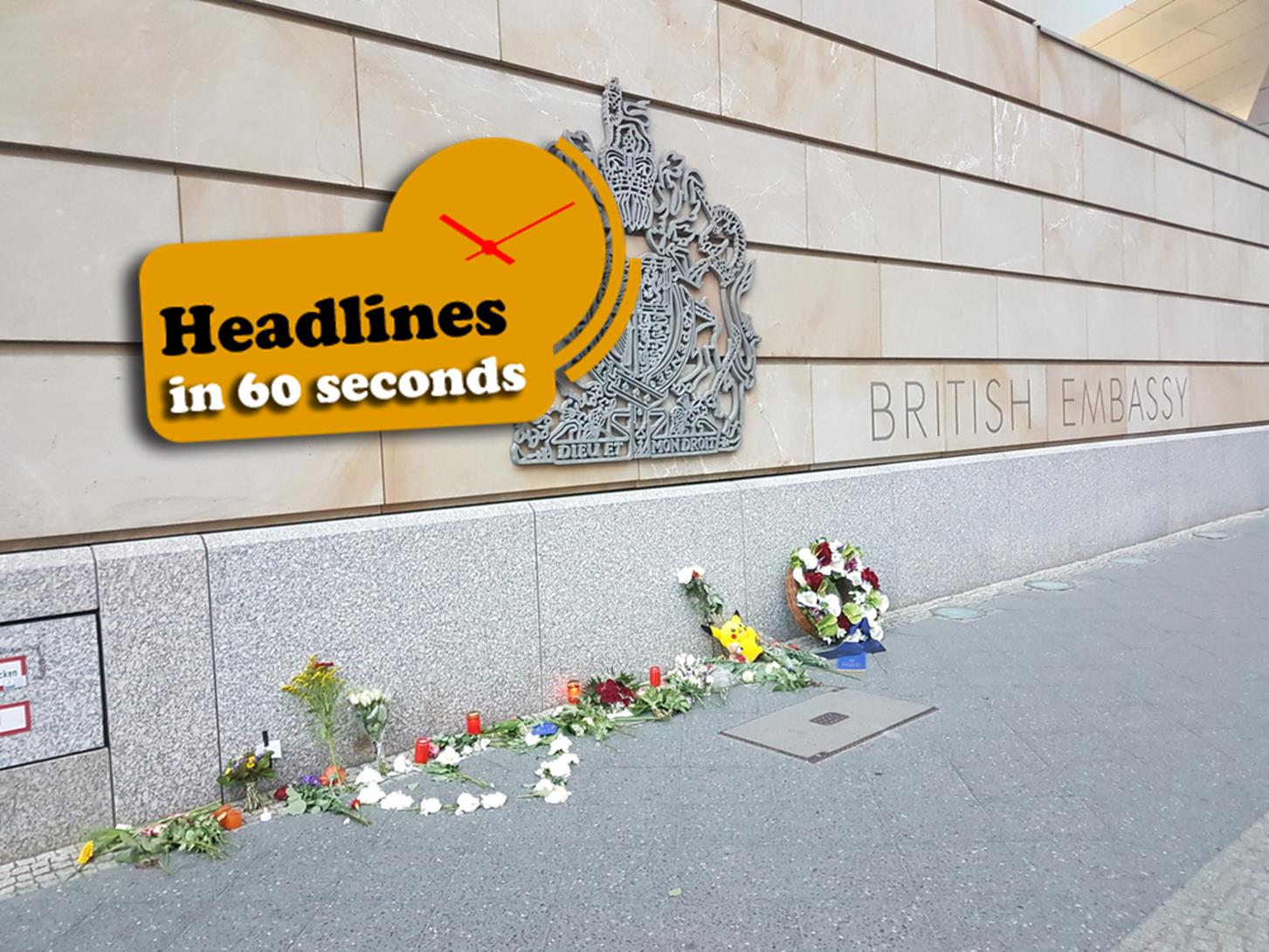Israel bombed Iranian bases in Syria: According to Arab media the air force attacked a newly installed Iranian base in Syria after midnight Friday night. Israel hasn't yet acknowledged or taken responsibility for the attack however Netanyahu broadcast a message he repeated these past few days: “We will not allow Iran to threaten us”.
On Wednesday Trump will likely announce US recognition of Jerusalem as Israel's capital: Reports from the US say Trump is ready to officially recognize Jerusalem as Israel's capital this Wednesday. The White House won't officially confirm this and the Hamas threatens to renew the intifada if Trump indeed does declare Jerusalem Israel's capital.
US Secretary of Defense James Mattis flew to Cairo to discuss US-Egypt cooperation He will then visit Kuwait, Jordan and Pakistan. The mission of the visit is to “re-affirm U.S.'s commitment to the Middle East, West Africa and South Asia,” according to a State Department statement.
The Hague prosecutor closed the Marmara case against Israel saying the crimes weren't serious enough to be brought to The Hague for judgment. She did however claim that there is reason to suspect that Israel did indeed commit war crimes during the takeover of the ship.
An Israeli foreign ministry survey shows most countries respect Israel's strength in fields ranging from warfare against terror to cyber security to water conservation and advanced agriculture methods. Even countries with no official ties to Israel are prepared to join Israel in mutually beneficial ventures.
Mike Palin admitted lying to the FBI about Trump making contact with Russia and other nations before getting into office. This has implications for Jared Kushner who also maintained that position and stated it a few times. Making contact with foreign powers before actually getting into office especially to try and negate the infamous UN vote against Israel is not considered a major crime. However lying and saying no such contact was made, is a crime.





